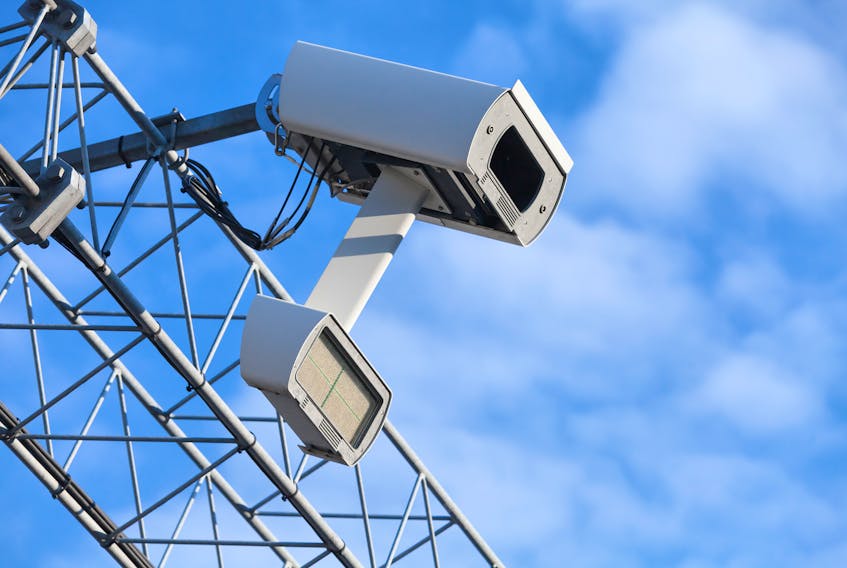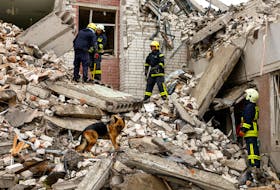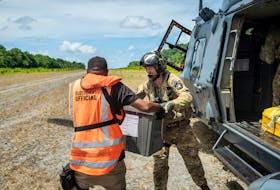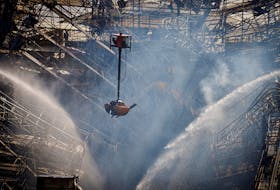Through most of the 14 days of public hearings held by the Public Utilities Board (PUB) as part of its review into automobile insurance in the province, the key issues discussed and debated included whether insurance companies in the province are making money, why insurance premiums are high, and whether a minor injury compensation cap should be imposed as part of automobile insurance reforms.
Last Friday, the last day before the September run of hearings wrapped up, lawyer Andrew Wadden, on behalf of the province’s consumer advocate, brought in a witness to address another issue that is part of the PUB’s mandate for the automobile insurance review — “to report on measures to improve highway safety and automotive accident prevention in Newfoundland and Labrador.”
“We haven’t spoken much, if at all thus far, I don’t think, in these proceedings about that,” Wadden said. “We’d better start talking about it because it’s very important and in our respectful view if the issues that we’re discussing surround claims and accidents, really what we should do is get down to the heart of the matter which is having the accidents in the first place and, therefore, hopefully reducing the claims and reducing the number of people in Newfoundland and Labrador that get hurt.”
The PUB has been requested by the provincial government to review and report on a number of issues with respect to automobile insurance in the province, including the reasons behind increasing claims costs for private passenger vehicles and taxi operators, and options to reduce these costs. The board has been specifically asked to examine the impact on rates and implications for claimants of introducing a monetary cap on claims for non-economic loss for minor/mild injuries or continuing with the current deductible of $2,500 or increasing the deductible.
Wadden introduced Garrett Donaher, manager of transportation and engineering with the City of St. John’s, at the PUB hearings.
Donaher spoke of some of the traffic calming measures and infrastructure options the City of St. John’s and cities in other jurisdictions implement to try to reduce speeding and make roads safer. In addition to these measures, he noted, enforcement is important. But one of the key tools that can be used by law enforcement — photo radar — cannot be used in this province because it is not legislated.
“From the public side of things we can look at infrastructure and enforcement as our major two avenues to implement changes,” Donaher said.
“So, on the infrastructure side, we can introduce things like a roundabout at an intersection to slow traffic down because we’re introducing that horizontal deflection. We can narrow a corridor. People respond to the perception of risk as they travel down a road. We’re not changing how the road works at all, but we’re changing the environment.
“On the enforcement side, you can obviously just increase traditional patrol car enforcement. But one of the really great tools that we have available kind of in the industry now is photo enforcement.
“By combining a photo enforcement system with your traditional enforcement you can roll out a larger enforcement program with fewer resources. And so a photo enforcement program can be quite cost effective and you can combine a couple different aspects to it.
“You can have fixed locations where you’ve historically seen a speeding issue. You can create a photo enforcement location and then drivers will learn over time that that’s a spot that there’s a speed camera and so that area will slow down. You can combine that as well with mobile stations. So, you move them, rotate them around the network and maybe they’re in place for a month or two in one location, a month or two in another location, and that kind of puts drivers on guard. They don’t know whether there’s going to be a photo enforcement station at any given place in the city. So, by combining the static locations and the mobile locations, we can start to chip away at the desire of drivers to be travelling at a high rate of speed all the time because they recognize that there is a higher likelihood of them receiving a ticket.”
Donaher noted that the major barrier to jurisdictions not currently having photo enforcement is that legislation was created in an era when the technology didn’t exist as an option.
“So, it’s not written into the legislation, so it’s not available as a tool until that changes,” he said.
Improving safety
Donaher said there are three main approaches to improve road safety known in the engineering field as the three E’s — engineering, education and enforcement.
“Engineering is that infrastructure side, so things like converting busy intersections into roundabouts or implementing appropriate traffic calming projects. Those are huge booms for traffic safety,” he said. “On the education side, that’s provincially controlled right now through driver licensing and the driver’s handbook and that sort of thing. There are lots of really fascinating programs from across North America that are used to try to get folks that are on the road to drive more safely.
“And on the enforcement side, (putting) something like the photo radar into legislation or increased resources for the traffic unit, that sort of thing, is where we would see the most bang for our buck.”









